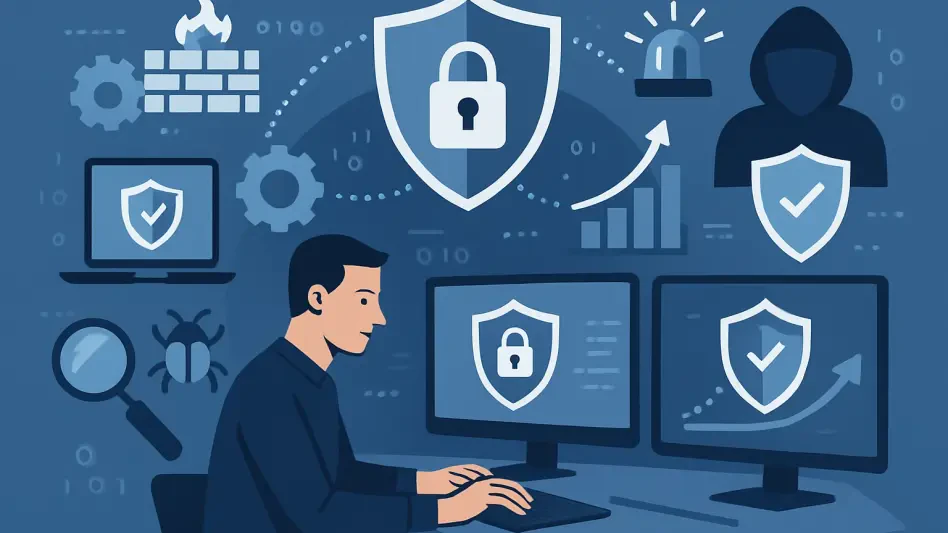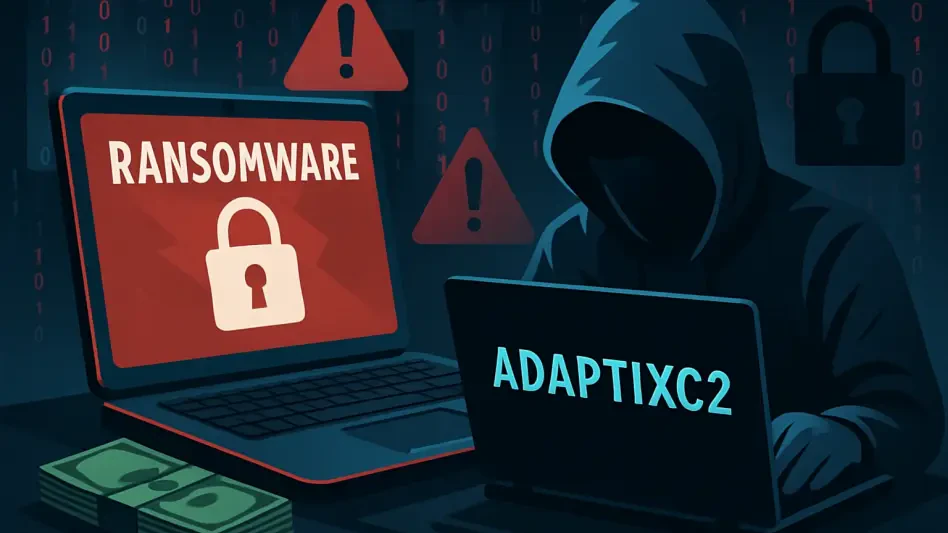In a rapidly evolving digital age, the cybersecurity landscape has witnessed a transformation from character-driven hacking to systematic, profit-making attacks. This shift underscores an urgent need for change in current defense strategies. Today’s pressing reality requires businesses and governments to anticipate and preempt cyber threats rather than simply react to them, with substantial financial implications at stake.
Rising Cybercrime: A Market on the Edge
At the heart of this shift lies the growth of cybercrime into a multi-trillion dollar concern. Current estimates reveal that cyberattacks’ financial damage now challenges economies on a global scale. Unlike in the early days when hacks were driven by ideology or personal vendettas, the nature of these threats has evolved. Modern attacks are meticulously planned and executed for maximum financial gain, requiring advanced and comprehensive defenses to overcome them.
Transitioning from Reactive to Preventive Measures
Data from 2025 paints a disconcerting picture of inevitable losses unless proactive measures are taken. With organizations reporting $10.5 trillion in projections for cybercrime costs, the focus shifts to prevention. The era of waiting for attacks to occur before responding is over. Industry leaders stress that prevention-first approaches can neutralize threats in their infancy, minimizing potential disruptions and protecting sensitive data.
Breaking Down Prevention-First Strategies
Adopting a prevention-first mindset involves employing sophisticated tools and techniques. Key components include application allow listing and behavioral analytics that preempt unauthorized actions. Implementing such practices requires a cultural shift within organizations, emphasizing the importance of preemptive over reactive frameworks.
Innovation Balances on a Knife-Edge
The integration of proactive cybersecurity strategies must walk the tightrope between safeguarding data and enabling innovation. Emerging technologies like allow listing and stringent network controls offer powerful solutions. Yet, these must be woven seamlessly into existing frameworks to prevent unnecessary disruptions. The challenge lies in achieving comprehensive protection without stifling creativity or productivity within the organization.
Complex Regional and Sectoral Challenges
Applying a uniform cybersecurity strategy necessitates recognizing and accommodating region-specific and industry-centric variables. Variations in regulatory environments and technology infrastructure demand a nuanced deployment of preventive measures. Ensuring that strategies align with local laws and conditions is essential to building a resilient cybersecurity posture.
Looking Forward: Trends and Transformations
Anticipating future changes in cybersecurity involves both technological advances and economic considerations. The incorporation of AI and machine learning promises real-time threat identification and mitigation, while economic models increasingly favor prevention’s cost-efficiency. Regulatory shifts further underscore the movement towards preemptive mandates, pushing businesses to adopt ever more rigorous security frameworks.
Strategic Implications and Recommendations
Reflecting on these developments, it is evident that organizations that embraced prevention-first strategies experienced enhanced resilience against cyber threats. Businesses are urged to prioritize measures such as deploying multi-factor authentication, robust application control, and comprehensive training on maintaining a zero-trust framework. For consumers, an emphasis on education and adherence to security best practices remains a cornerstone of individual protection.
In conclusion, the transformation towards preventive cybersecurity underscores the importance of collaboration between technology and strategy. By prioritizing proactive measures, stakeholders positioned themselves better against the continually evolving threat landscape. As organizations and governments plan for the future, integrating comprehensive, customized strategies ensures a fortified digital presence, promoting sustained economic and data security.








